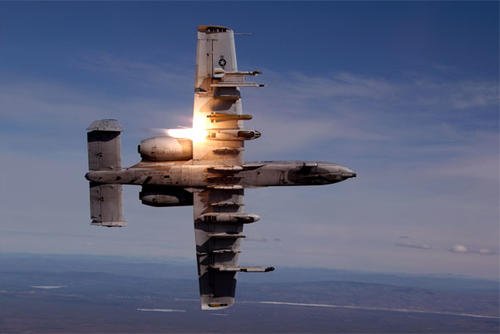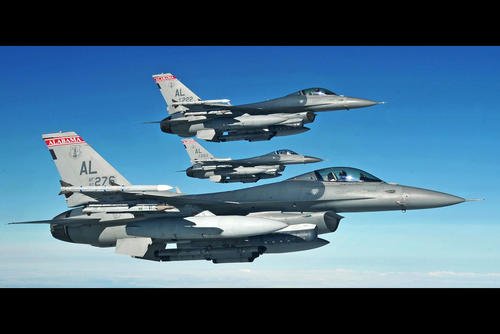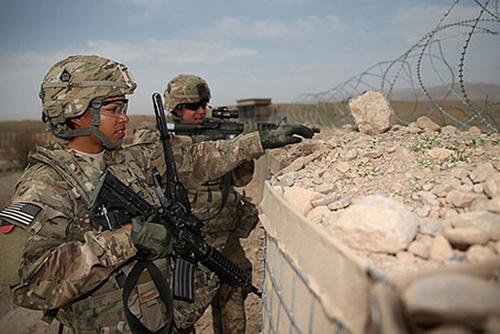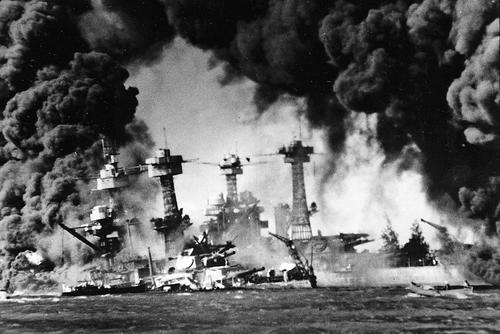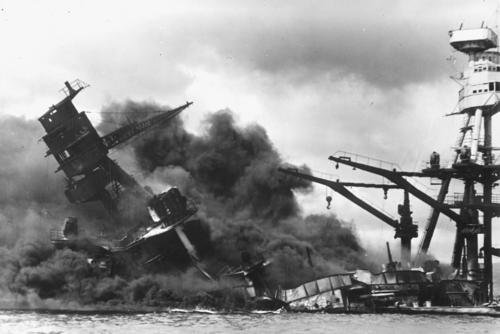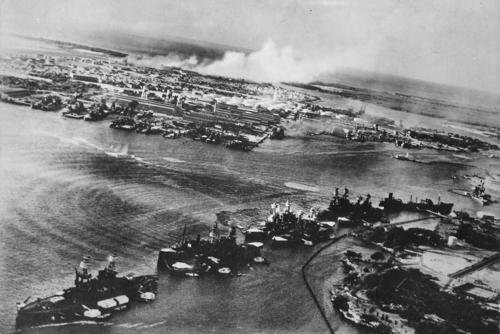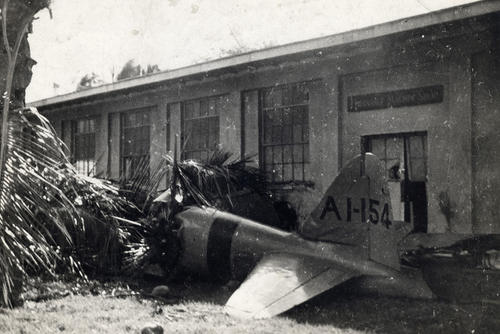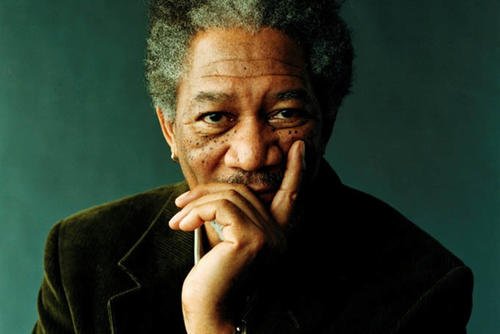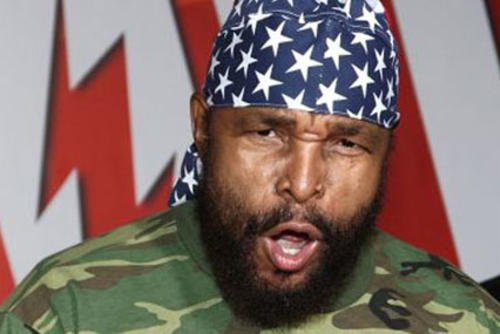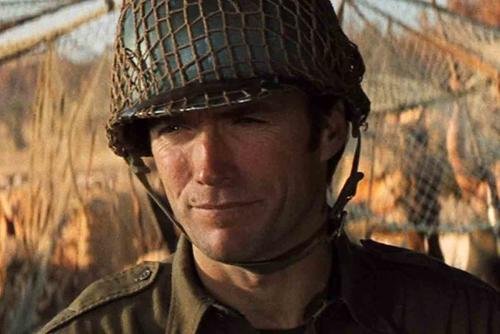
Decision 4 of 4
Result: Significant Union Victory
On the afternoon of July 3rd, a thunderous artillery barrage opened fire on the Union center. Northern guns returned the fire with solid effect. Little did they realize that it was a diversion to cover the army's retreat.
Over fifteen thousand soldiers of Pickett's division and brigades from the Confederate I and III Corps conducted small raids and spoiling attacks to keep Union forces in place. General George Meade, the Union commander, believed another attack would strike his vulnerable left flank in the south and was in no position to launch his own assaults.
With little fanfare, the Southern army cleanly disengaged from the battlefield, covered by J. E. B. Stuart's cavalry screen and Pcikett's infantry. Confederate losses were less than those of the Union, but more than 15% of the rebel army was killed, wounded, or missing. Almost 20% of the Union army were casualties. (Continued below map)

The battle was over. The Army of North Virginia has scored some tactical successes on the battlefield, inflicted greater damage than it had received, but had withdrawn when it still might have been able to achieve a significant victory. Many would later claim that Lee had lost his best chance to end the war on Confederate terms and granted the Army of the Potomac a surprising reprieve.
The next day, on July 4th, the rebels retreated further south towards Virginia. They would never again invade the North.
